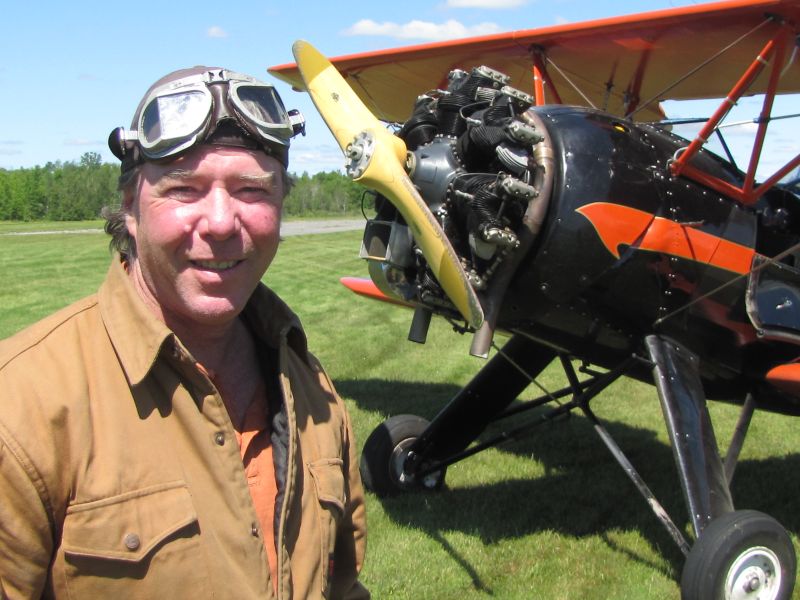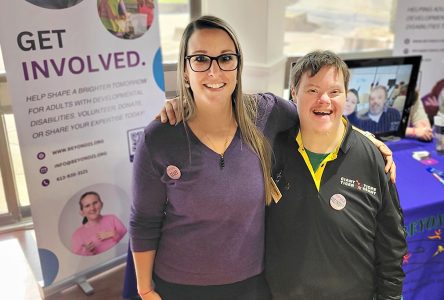By Todd Lihou
Seaway News editor
If you’ve been to places like Florida, Cuba or the Dominican Republic then you have flown in a plane. Well, that is to say you have been up in the air…but you haven’t really flown.
To really fly, you’ve got to feel the wind flying through your hair, hear the roar of the engine and taste the adrenaline as it courses through your veins.
In short – you’ve got to fly in a biplane.
I was lucky enough to have that opportunity thanks to Greg Reynolds, a pilot with Central Aviation who was giving media types the chance to soar above the St. Lawrence River as part of a promotional package for the St. Lawrence Parks Commission and the aircraft charter.
Our 25-minute flight took us along the St. Lawrence River from the Morrisburg-area to the R.H. Saunders Generating Station aboard a vintage biplane right out of the Second World War.
It’s loud. It’s windy. And it’s a whole lot of fun.
The seven-cylinder radial engine turns over, coughs a couple of times, then builds to a steady roar as the propeller of the biplane becomes a blur. The blast of the propeller would be enough to yank the sunglasses right off my face, if it wasn’t for the windshield.
Reynolds guns the engine and the tiny orange and black Waco biplane leaves the runway alongside Upper Canada Village on County Road 2.
In an interview (safely on the ground) Reynolds tells me has been a pilot for 20 years.
He’s done “the airline thing” but found the hum-drum life of shuttling unknown passengers back and forth “in a giant bus” just wasn’t for him.
“This way I get to interact with the passengers,” said Reynolds. “And I’m home every night, which is nice.”
The Waco (pronounced Wah-co) UPF7 that is now Reynold’s home away from home was built in 1940 by Weaver Aircraft Company of Ohio, and is owned by Alberta-based Central Aviation Inc.
The Waco was, and still is, a workhorse. The first UPF-7 rolled out of the factory at Troy, Ohio, in June 1937. The aircraft was designed as a trainer, both for primary and advanced training, including aerobatics.
About 625 UPF-7s were made between 1937 and late 1942. Most went to civilian flight schools participating in the United States’ Civilian Pilot Training Program designed to train thousands of civilian to fly in anticipation of war.
Central Aviation picked up the biplane I flew in about two years ago and completely restored it.
And they did a heck of a job. We cruised along at 1,500 feet, doing about 150 km/h. It sounds like a lot on the ground, but in the sky it feels incredibly freeing.
“People are really amazed at how smooth it is, and how slow it is,” said Reynolds.
From the sky a passenger can easily make out the old highway that used to curve along the shore of the St. Lawrence River prior to the construction of the Seaway. The foundations of old homes are visible beneath the surface of the river and there is even the outline of the Eastcliffe Hall – a ship that sunk in the river in the 1970s.
Not to mention the view of places like Upper Canada Village as well as Long Sault and Ingleside.
People even stopped along the highway to watch us takeoff and land.
Reynolds and his Waco are available all summer to book a flight. To book a flight on the Waco, contact Reynolds at 613-809-6171, or e-mail race_day@msn.com. Different flight options and rates are available.



